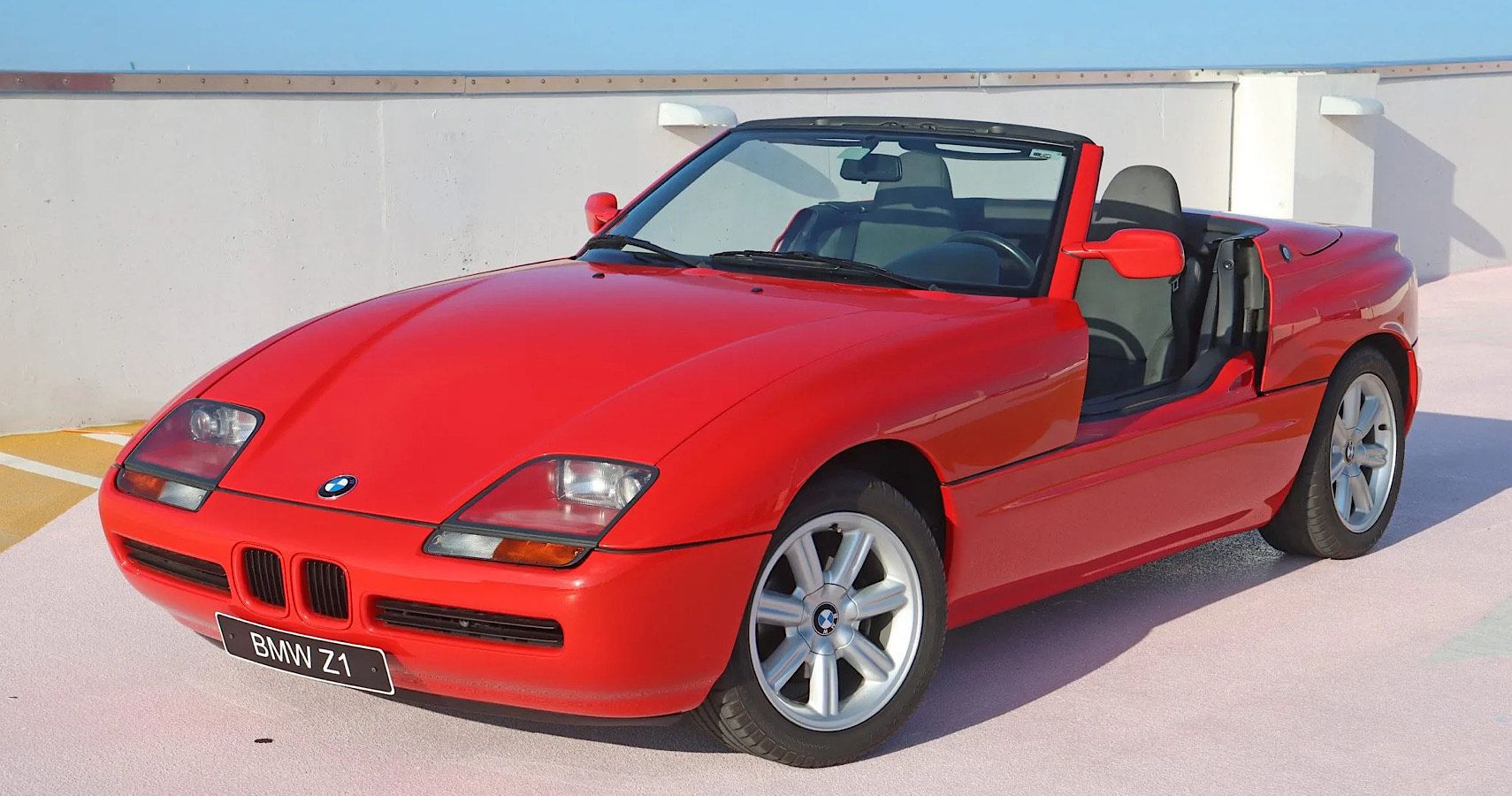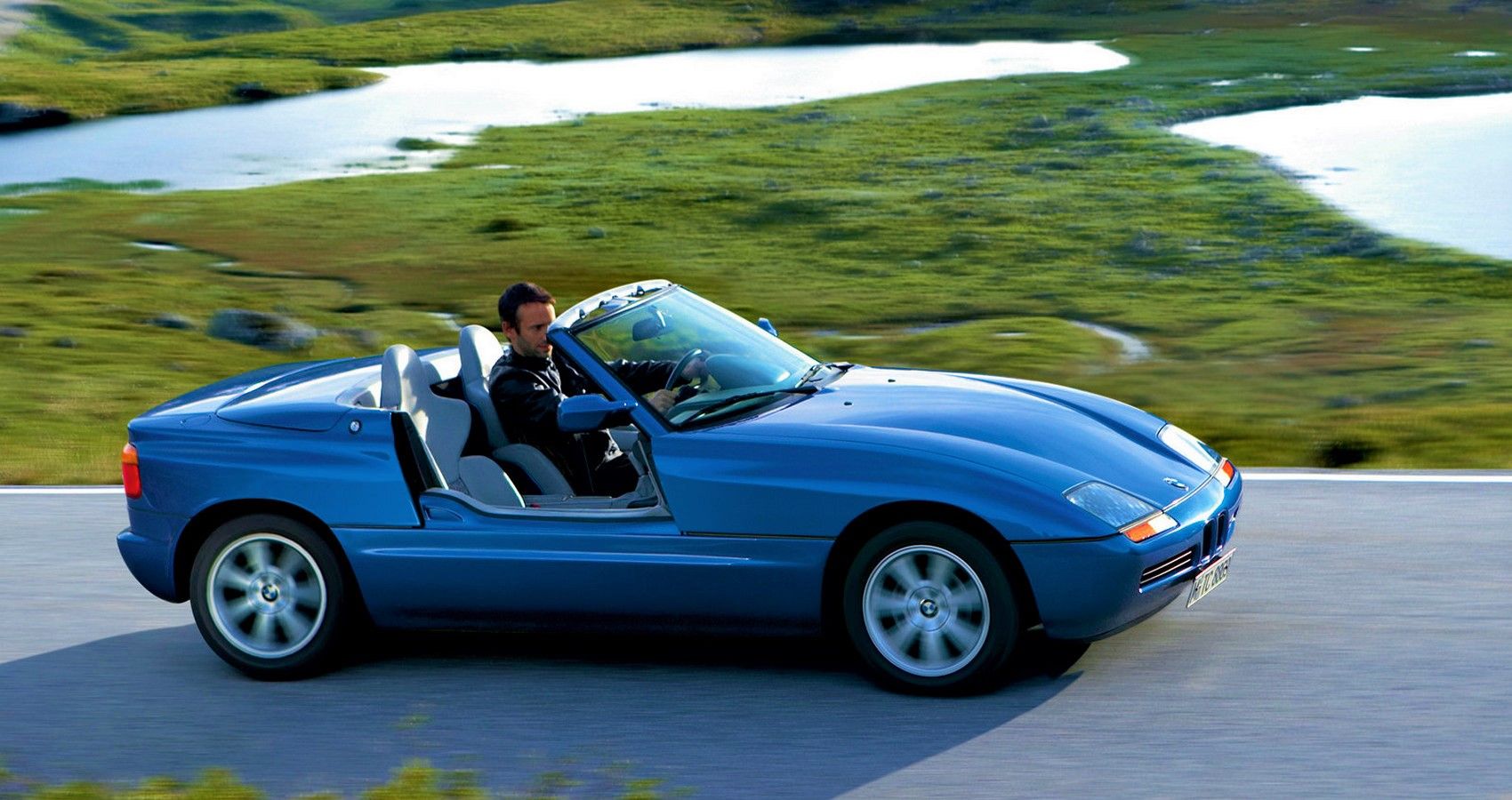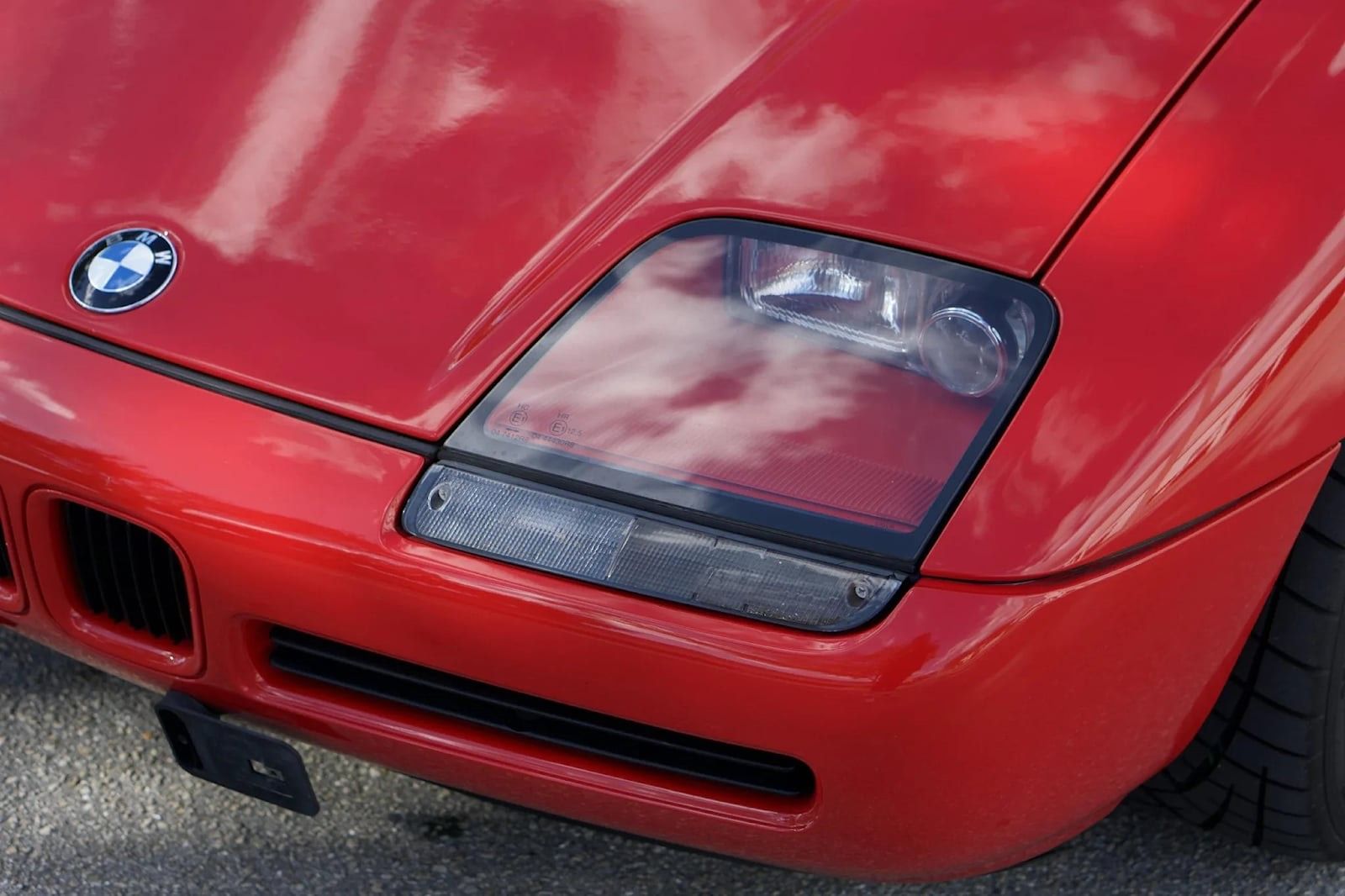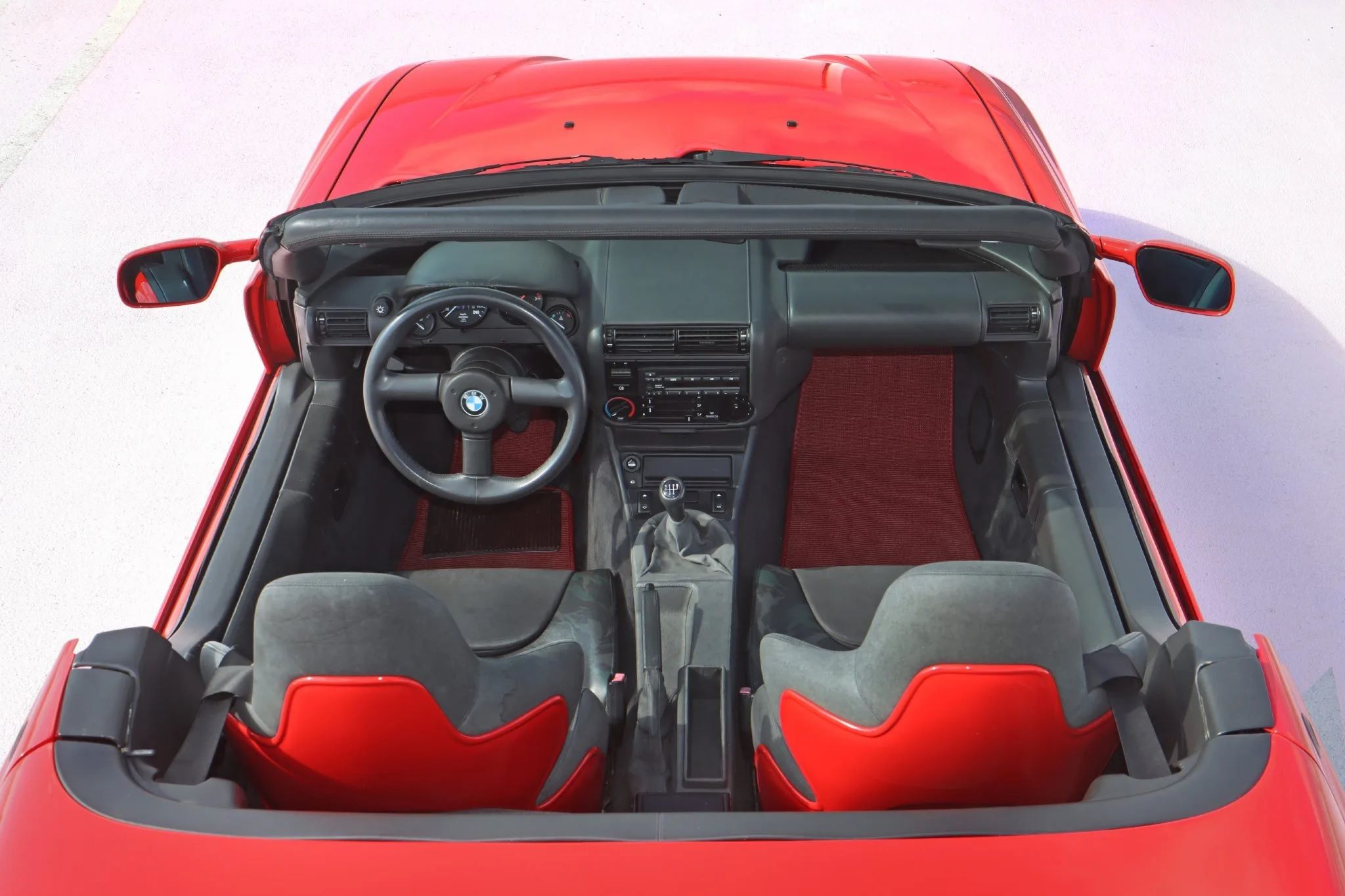In 1985, BMW launched their Technik division, comprised of their most qualified engineers and designers. This division was to be an entirely different entity, separate from the ordinary endeavors of the company's standard production cars. The workers at BMW Technik GmbH had one essential goal; to design the future. This division is where BMW's most groundbreaking designs and concepts would become reality over the coming years, ultimately creating distinct roadgoing cars that would eventually reach mass production.
The BMW Z1 became Technik's first project; a low-slung roadster that's likely best remembered by its unique door layout, which automatically slid downward and concealed themselves within the bodywork. Even so, this was only one example of the tremendous amount of engineering prowess that BMW Technik had bestowed upon their initial creation.
How The BMW Z1 Came To Reality
During the mid-1980s, BMW had created a subdivision, BMW Technik GmbH, for the purpose of creating advanced designs that were ahead of the curve in terms of the standard, production cars that the company had been selling. The primary reason for this was that BMW had sought to experiment with new ideas, but still wished for their primary engineers and designers to remain focused on their regular lineup, which is why BMW Technik had been founded in 1985, initially led by director Ulrich Bez (although, his position was short-lived, as Klaus Faust took control in 1988 after Bez' departure from BMW). This department had worked on a vast variety of intriguing cars, although the Z1 was to become their introductory project.
The BMW Z1 project aspired to experiment with new ways of creating bodywork, as well as utilizing alternative materials for construction. The Z in the Z1's nameplate had stood for Zukunft, the German word for "future". This title was strongly represented through the process of the Z1's creation, as BMW Technik had incorporated a large amount of detail and some rather unorthodox traits to the sports car. After several years of development, the first BMW Z1 rolled off the assembly line in 1989. Strange and alien in nature, this roadster differed drastically from virtually anything else being produced by major automakers at the time.
Why The BMW Z1 Is Culturally Significant
The BMW Z1 touted a prideful array of experimental technology that easily made these cars far more distinct than their competition. For example, the car's exterior consists of 13 PVC panels, which are basically clipped on and could be replaced entirely within 30 minutes. BMW had advertised this feature as a novelty that enabled customers to easily change the color of their cars without undergoing the time and costs of repainting. These PVC panels had clipped directly onto the car's steel monocoque. Despite having a bonded, plastic floor, this monocoque was rigid enough to be driven without any of the panels installed, if the owner was feeling daring. As mentioned, the unique door layout allowed access by sliding the doors directly downward into the sills. As a result, the sills themselves were postioned higher than a conventional car, but this factor had enabled a level of side-impact protection that wasn't commonly associated with small roadsters.
For the drivetrain, Technik selected the M20 inline-six, pulled straight from the BMW 325i and rated at 168 hp. Although the power output was nothing too extraordinary, even by the standards of the late 1980s, the car's overall power-to-weight ratio was improved with a curb weight of 2,755 lbs. This lower curb weight was enabled primarily due to the usage of the PVC panels, as well as other plastics used for construction. Furthermore, the Z1's overall balance was also praised.
By positioning the engine a full ten inches towards the rear, the Z1 achieved an impressive balance ratio of 49:51. To add further nimbleness, Technik had implemented a new multi-link rear axle, with two transverse control arms and another mounted longitudinally, which would be dubbed the Z-Axle. All of these traits had allowed for rather proficient handling, which further fueled an increasing demand for the advanced, German roadster.
The Longing Effects Of The BMW Z1
The Z1 was a tremendous hit even before its launch. In 1987, BMW had displayed a pre-production unit at the Frankfurt Motor Show, which had engaged demand for the unconventional roadster. By the time the car launched in early 1989, BMW received over 4,000 orders, maxing out production capabilities through the end of the following year. Despite these cars having a high price, buyers were undeterred, with some of which even exchanging their sales contracts for over double the initial price of the car.
All told, just 8,093 examples of the BMW Z1 were produced from its launch in 1989 until the summer of 1991. This somewhat short run wasn't due to any lack of interest, as the car was extremely popular, but was instead caused by BMW Technik's desire to evolve and improve. The Z1 would eventually pave the way for the BMW Z3, which was a bit more conventional and lacked the novelties of the removable panels and sliding doors. Regardless, the Z3 would go on to enter production for the U.S. market, creating a new array of fans in the process.
Over time, both the later Z8 and Z4 models could both trace their lineage back to this weirdly awesome roadster of the 1980s. The BMW Z1 still turns heads to this day and is unmistakable in appearance, even if most people just know the car from its doors alone.
Sources: BMW Group, Motoring Research, Cars Data




